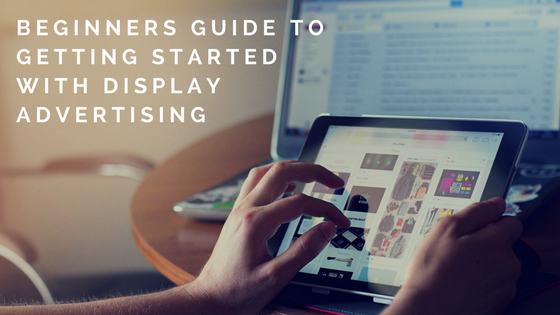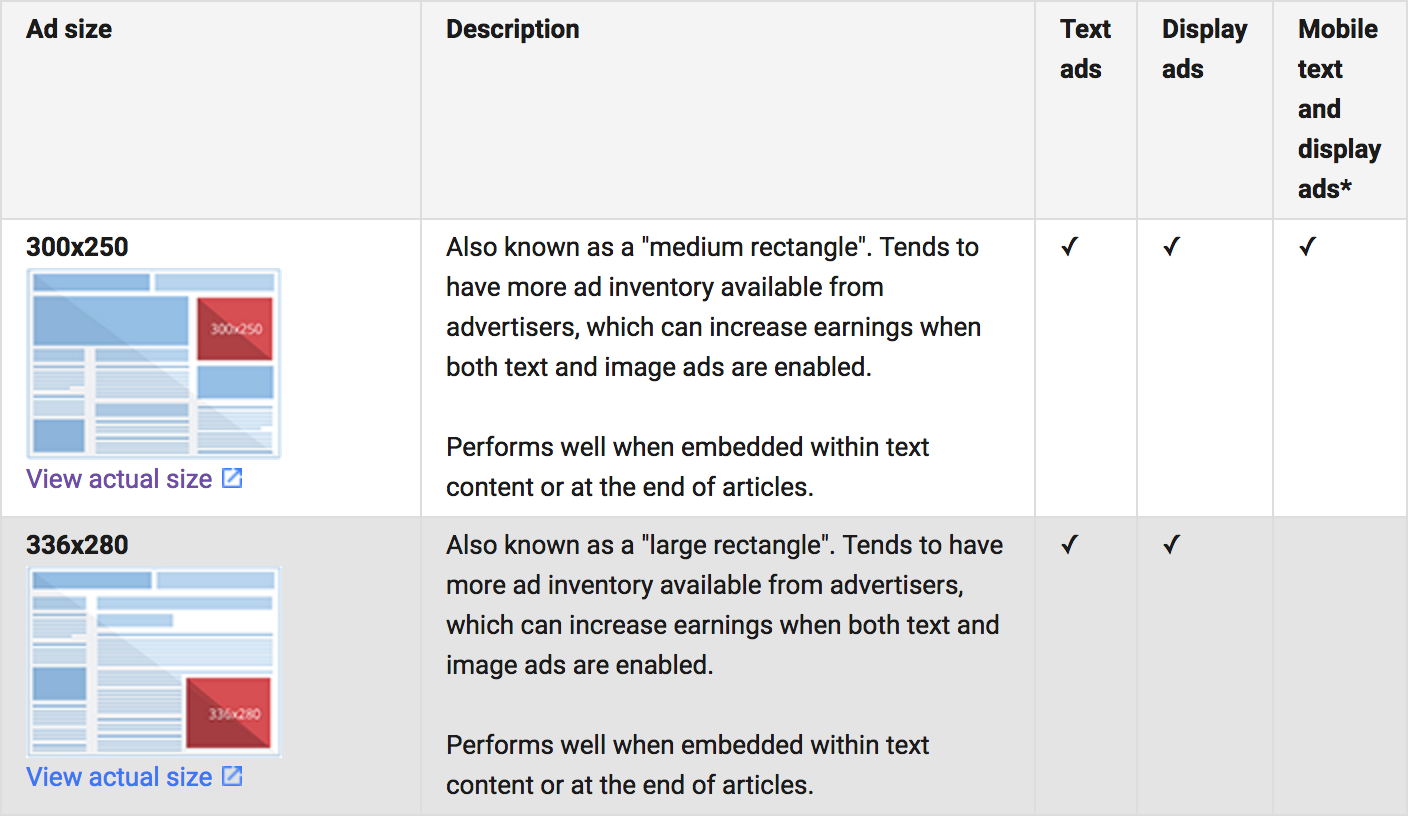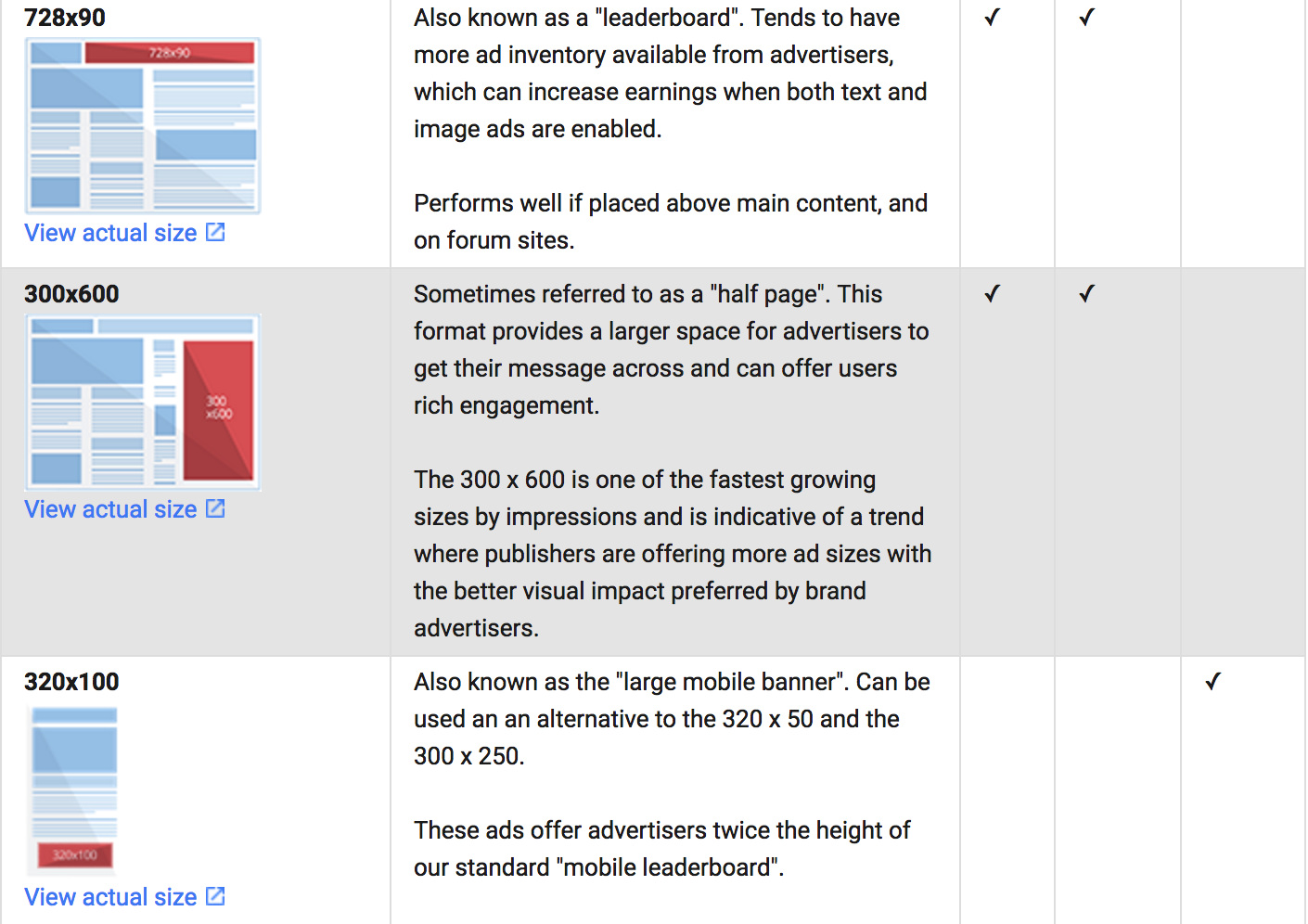
Getting started with Display Advertising
By Team EtchRock in Adwords & SEO,EtchRock
- 5 ways to boost your post-event engagement - June 22, 2017
- 7 ways to grow your email database - June 15, 2017
- 5 ways to increase slowing ticket sales - May 29, 2017
Beginners guide to Display Advertising
From text to fully interactive, there are plenty of options available to you when it comes to display advertising. It’s also no surprise that Google offers the largest contextual ad network in the world through their Google Display Network (GDN) platform. Populating millions of websites, advertisers have the option to display their ads in multiple formats and to a potentially huge audience. In fact, Google state that their Display Network has the potential to reach 92% of all internet users.
If you’re new to display advertising, this guide will take you through some of the basics that you will need to get started
So what actually is a display ad?
A display ad is a targeted method of advertising your product or service through third party websites. You can display your adverts in a variety of different formats and sizes.
Platforms such as Google Display Networks, Yahoo and Bing are the most popular and easy to use platforms that connect you to relevant publishers to get your message in front of your audience.
Much like search advertising, display advertising is commonly done in a PPC format. But instead of appearing on search engines, your display ad will show on websites, blogs, apps and variety of other media. Even though click through rates is much lower than their search-advertising counterparts, display advertising remains a big contributor to many businesses marketing plans.
Different types of display ads
With the Google Display Network, you can advertise in a variety of formats and sizes with text ads, static and animated image ads, rich media and video ads. If you don’t have designed capability, you can also create your own ads using Google’s very own display ad builder for free in Adwords.
Text ads: Text ads display in the same manner as a search ad does. They consist only of text and include a headline, two lines of text and a destination URL.
Image ads: Image ads allow you include relevant images, customised layouts and different backgrounds and calls to actions to draw attention to your advert.
Rich media ads: Rich media is the name given to ads that have an interactive element to them. Examples include ads that have animation in them or have a carousel of different image ads.
Video ads: YouTube has now been incorporated into the Google Display Network and as such, video ads are becoming increasingly popular. Advertisers now have the capability to add video adverts to targeted YouTube videos.

Image from Google
Different ways of targeting your ads
Just as you would target a specific audience with search advertising, you can do the same with display ads. The Google Display Network lets you get relevant messages to potential customers with a variety of different tools described below.
Contextual Targeting – This type of targeting allows you to display ads on sites that have similar content to that of your adverts. You choose different keywords or topics of websites that you think your audience will use and Google will display your ads on those sites.
For example, if you are selling marathon tickets, you may want to place your ads on sites that are about running so you would select one of your topics as ‘running’.
Placement Targeting – Placement targeting allows you to place your ads on a specific site where you think your advert will have the greatest impact.
If you know what websites your customers visit and your advert is relevant to them, this is a great way of promoting your message. Google even allows you to target specific webpages of certain websites that can complement your contextual targeting campaigns. Using marathon tickets as an example again, if you know what running websites your customers visit, you would use those as your placement targets. You can then use contextual targeting on the GDN to find web pages that discuss different marathons.
Remarketing – Have you ever noticed that sometimes you are browsing a site and you see an advert for a product or service that you recently looked at? This is by design and it’s called ‘Remarketing’.
Remarketing is where you target people that have already visited your website with your adverts. They have already been exposed to your brand so theoretically may have more of an interest in your advert. You do this by adding tags to certain pages of your website so that Google knows to follow up with your ads at a later date.
Interest and Topic Targeting – The Google Display Network allows you to target various interests of people searching the web. Rather than targeting a specific website or keyword, using interest targeting you are able to reach people that may have an interest in your product or service.
This also applies to different topics where you can target sites that fall under specific, pre-set categories.
Geographic and Demographic Targeting – If your customers are in a specific geographical area or belong to a certain demographic, you can target them with GDN. This even applies to different languages too.
Working much like its search counterpart, the Google Display Network allows advertisers to target their adverts to a huge potential targeted audience.
Choosing the right ad sizes
With so many different options available to you, it’s important to start thinking about the creative process and the content that will populate each ad. To get you started, we are showing you Google’s top performing ad dimensions to start playing around with.




